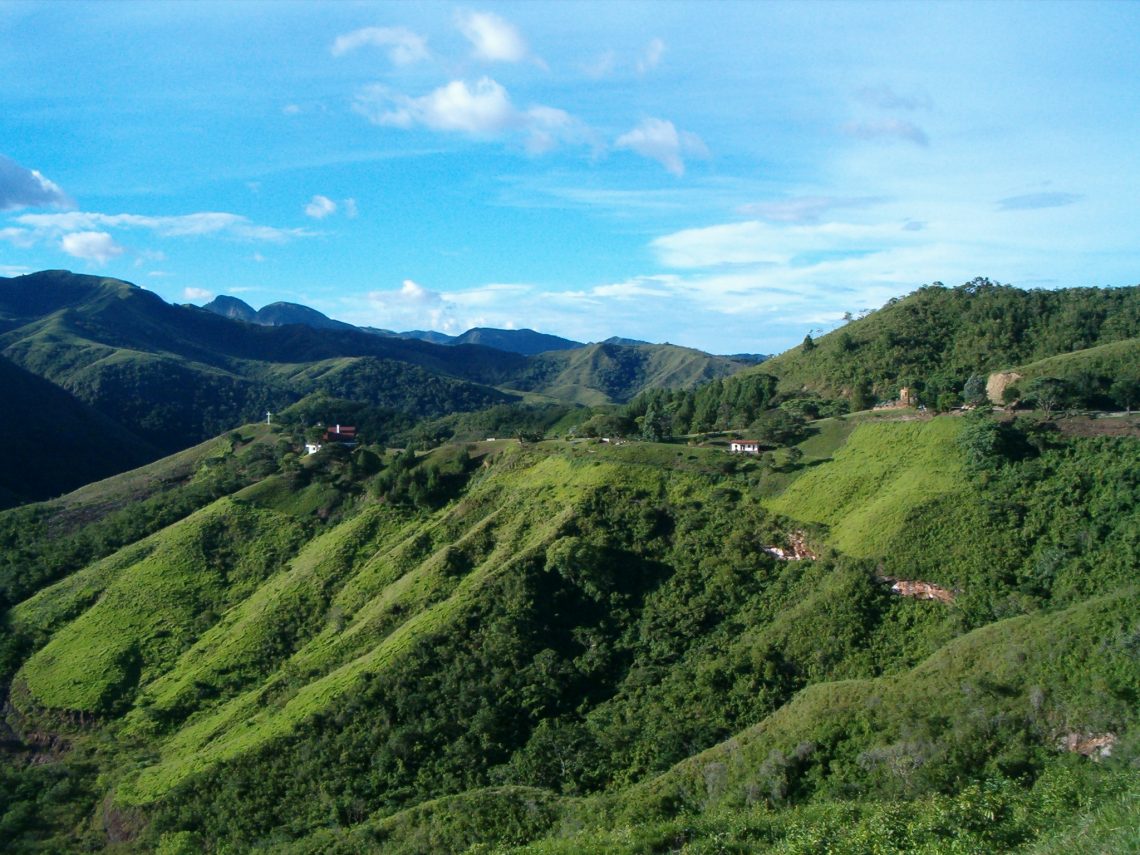The Wolf Post, supported by a Cultural Association, offers a professional service with free access, without subscription.
For this reason, a donation would also be a sign of appreciation for our work.
Bolivian wines are a reality that is still expanding and waiting to be discovered.
Compared to producers like Argentina and Chile, the Bolivian wine industry is smaller in size. For this reason, the strategy of the Bolivian companies is to produce only wines of the highest quality. Altitude is the key that makes the wines of this striking South American nation special. Almost all the vineyards are located between 1,600 and 3,000 meters above sea level. The high altitude wines of Bolivia have a unique flavor. Thanks to the most extreme altitude in the world, Bolivian wines have an important freshness.
International grape varieties planted in Bolivia include Muscatel, Cabernet Sauvignon, Syrah, Merlot, Malbec, Tannat, Garnacha, Barbera, Sauvignon Blanc, Riesling, Franc Colombard, and Chenin Blanc.
A land to be known in its various aspects in order to understand and appreciate the wine culture.
Let’s find out more from the words of Maria Eugenia Oliva of Ruta Verde Tours.
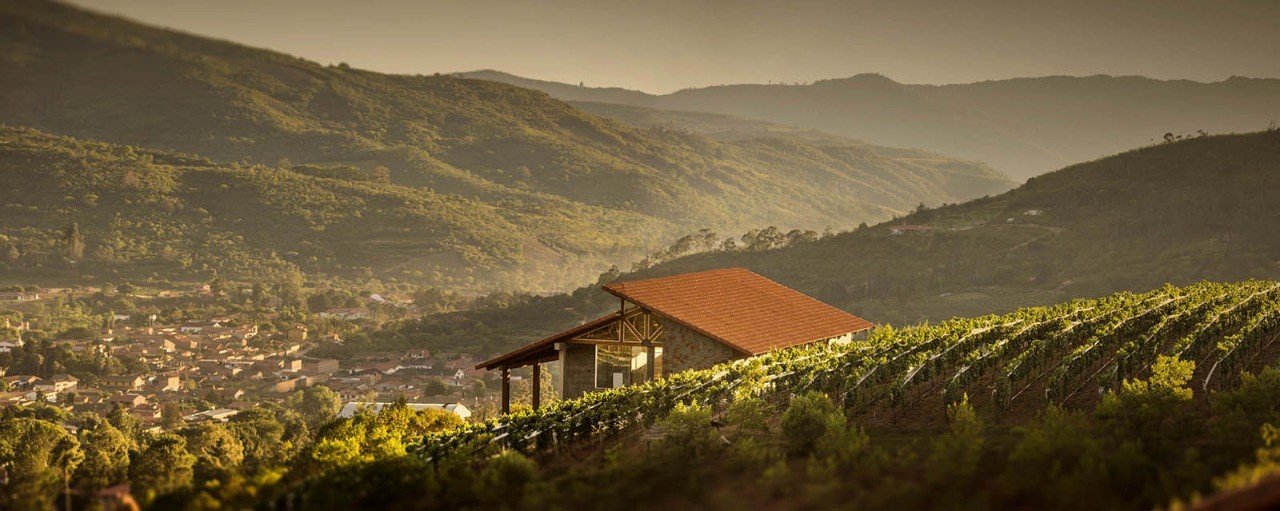
©Ruta Verde Bolivia-Bodega Uvairenda
When was the Agency born and what does it do specifically?
Ruta Verde Tours is a tourist agency founded in 2006. Originally, the company was created by a Dutch-Bolivian couple who wanted to share with the rest of the world the treasures they found in Bolivia, a fascinating country rich in biodiversity, both natural and cultural.
We strive to promote Bolivia as a whole, that is, not only the Altiplano, which is the best known area, but also the Amazonian tropical zone and the valleys, which make up, in fact, the largest percentage of the territory.
We organize tours for all tastes and interests: historical-cultural excursions, excursions and adventurous tours in national parks; jungle tours and wildlife viewing; boat tours on Lake Titicaca and the Amazon rivers and much more. We focus on private services and design round-trip trips tailored to the traveler’s interests and needs.
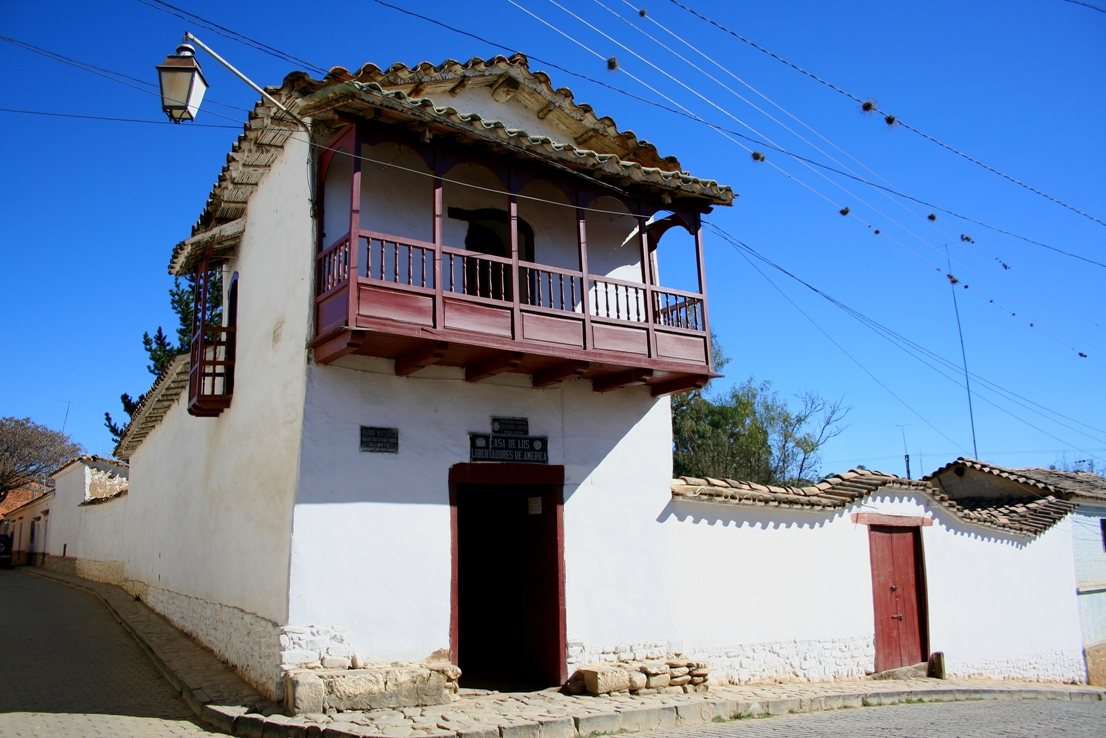
©Ruta Verde Bolivia- Pueblito en Tarija
Through which services/activities do you promote the dissemination of Bolivian wine culture?
Our offer of tourist services in the country is as broad and diverse as its geography, which is why we also include the wine route, which we promote through our blog and social networks.
The wine region of the Tarija valleys is an area usually left aside by tourists who only visit the highlands. This high valley region is considered a local secret that deserves to be discovered by more visitors. The natural attractions of the area, its quaint towns, vineyards, wineries and fine wines deserve to be included on the world wine map.
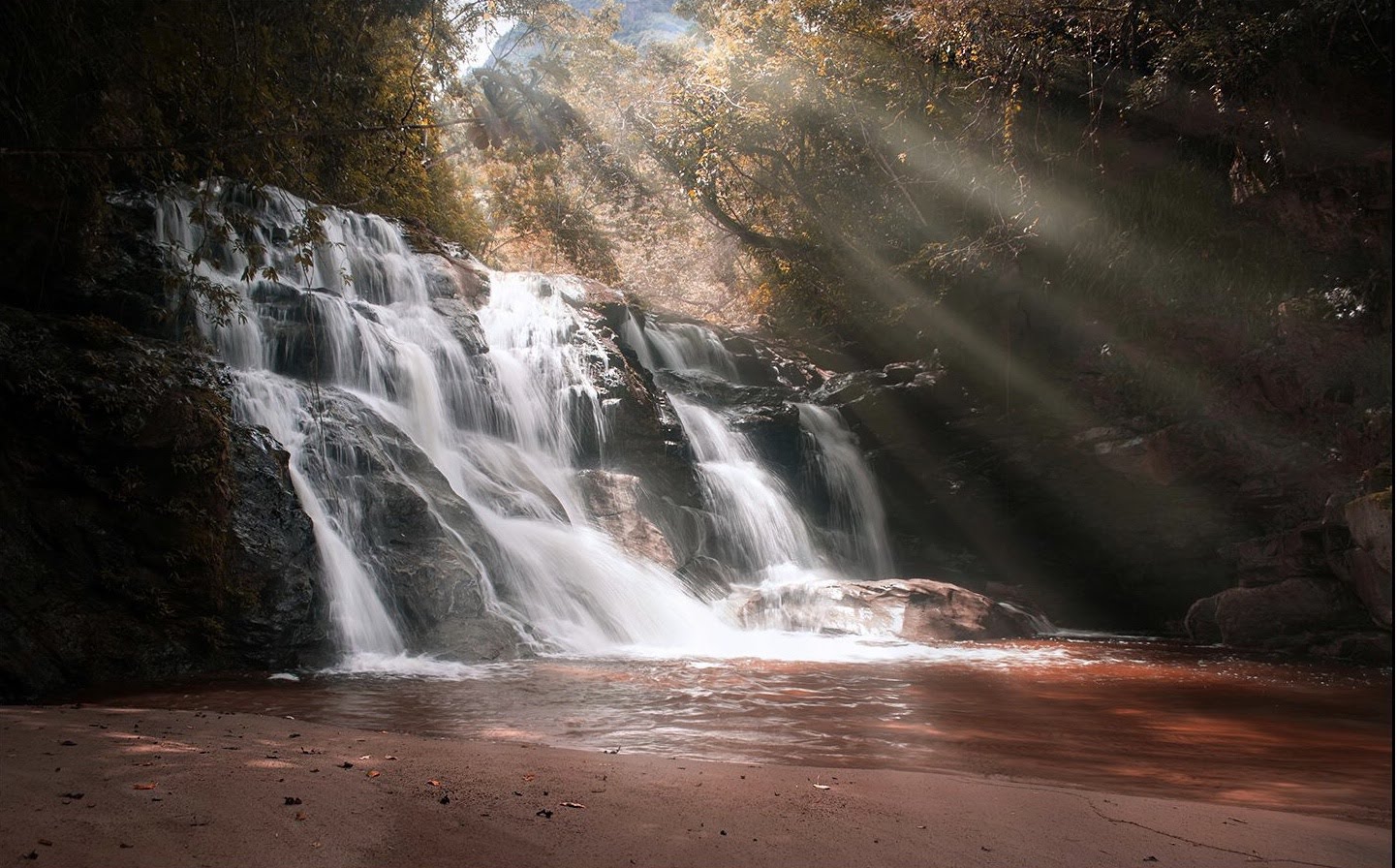
©Ruta Verde Bolivia-Cascada en Los Volcanes
What are the peculiarities of the territory and its wines?
Wine production in Bolivia has a tradition of over four centuries, the first Moscatel de Alejandría grapes were brought by Jesuit missionaries in the 16th century. Most of the wineries in Tarija are run by families who have been producing wines for several generations.
In the last fifty years the production has improved its quality and modern technologies have been adopted but the wines continue to be produced on a small scale, compared to well-known South American producers such as Chile and Argentina.
Winemakers in Bolivia are aware that it is difficult for them to compete in volume, which is why they have focused on another strategy with a clear goal: the market for top quality wines.
Here, the wine industry is small but wines are produced that have a unique, very aromatic flavor. Experts explain that what makes them so special and unique is the altitude at which they are produced. Bolivian viticulture begins at altitudes where other wineries in the rest of the world stop. Almost all the vineyards are located between 1,600 and 3,000 meters above sea level. At high altitudes, not only do the temperature changes between day and night intensify, but the exposure of the grapes to UV rays is greater. This causes the screws to create a thicker skin for protection. They also have higher levels of resveratrol (a chemical believed to act against aging and heart disease), up to ten times higher than wines from other parts of the world.
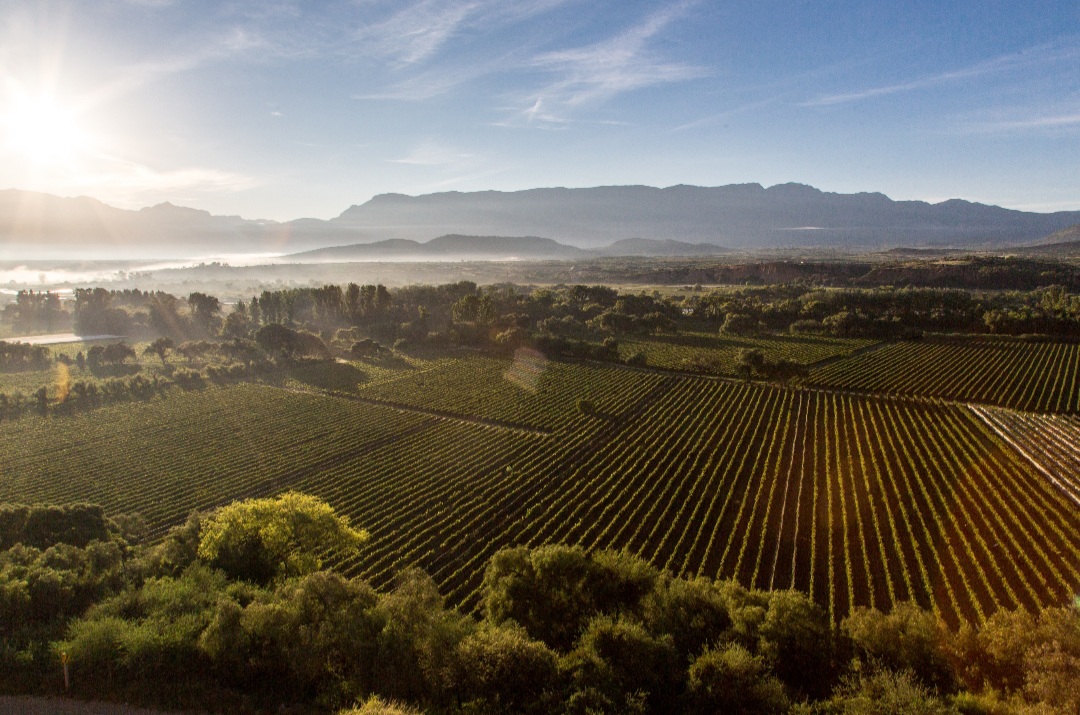
©Ruta Verde Bolivia-Bodega La Concepcion
The Bolivian winery is beginning to receive the recognition it deserves, in the country and abroad. Several wines have received multiple gold medals. A couple of examples are: “Juan Cruz” and “Tannat Origen”, both tannat wines from Bodegas ‘Aranjuez’ and “Único” from Bodegas ‘Campos de Solana’.
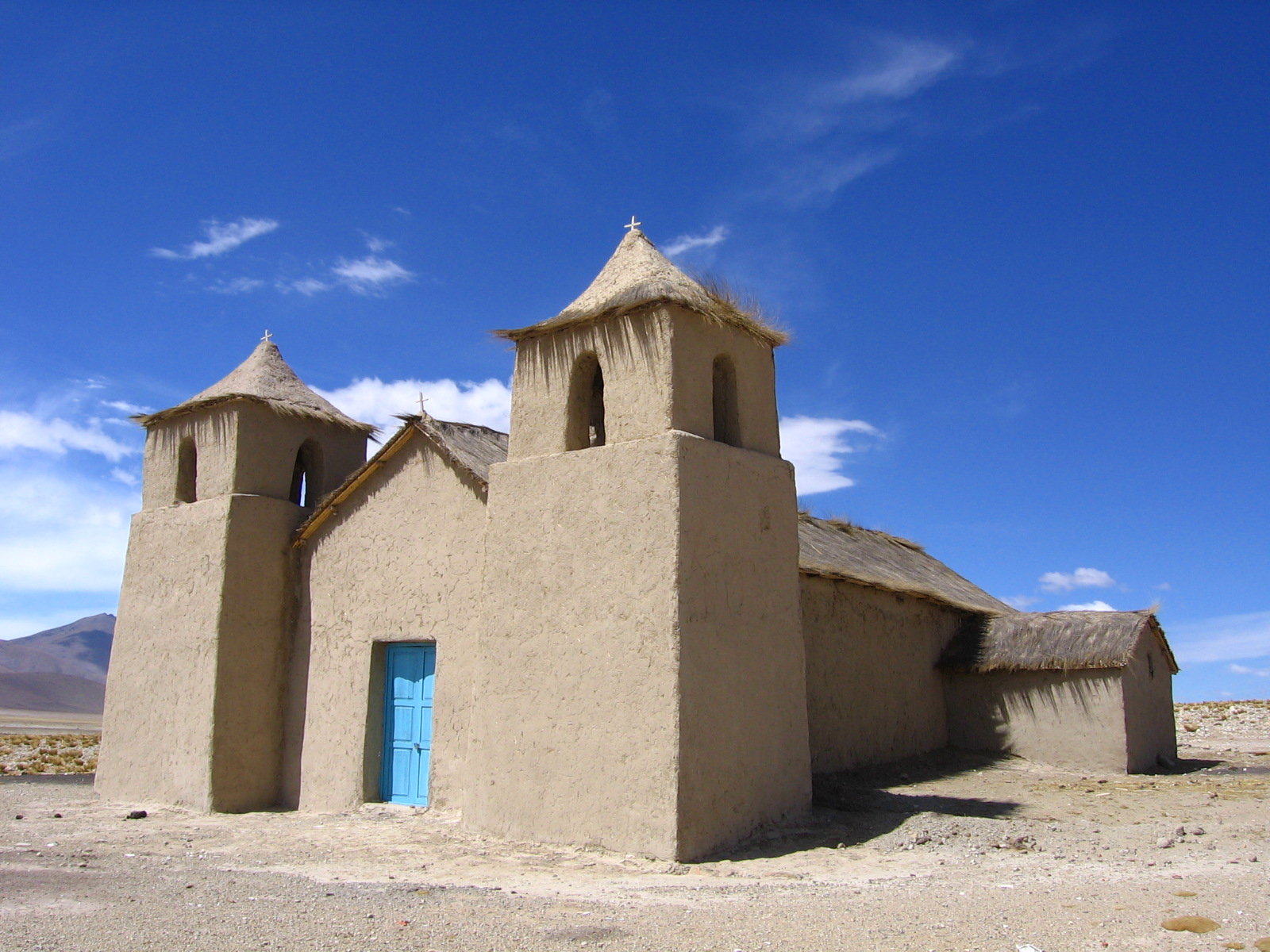
©Ruta Verde Bolivia
Can you briefly describe the territories of cultural and wine tourism interest that it crosses?
The starting point is Tarija, also known as “Bolivian Andalusia”, is a charming city with a very pleasant climate and a relaxed atmosphere along the narrow streets of its colonial center full of beautiful shops, cafes and impressive historic buildings. the Casa d’Oro in Liberty style and the Castello Azzurro, which was built in the 19th century, as a country house adorned with gardens with plants brought from different parts of the world.
We cross the peaceful and intoxicating Valle de Concepción, which with its pleasant climate is a land of sunshine where the most important wineries and vineyards in Bolivia have been installed. On a three-day tour, several modern industrial cellars are visited, one of which is recognized for its impressive avant-garde architectural style with the latest in winemaking technology and its underground stone cellar, unique in Tarija. We also include a visit to a Singanies winery (distilled brandy). In contrast, there is also a mysterious artisanal winery in the Valle de los Cintis, where time seems to have stopped, in an old brick house that holds the secret of its wines.
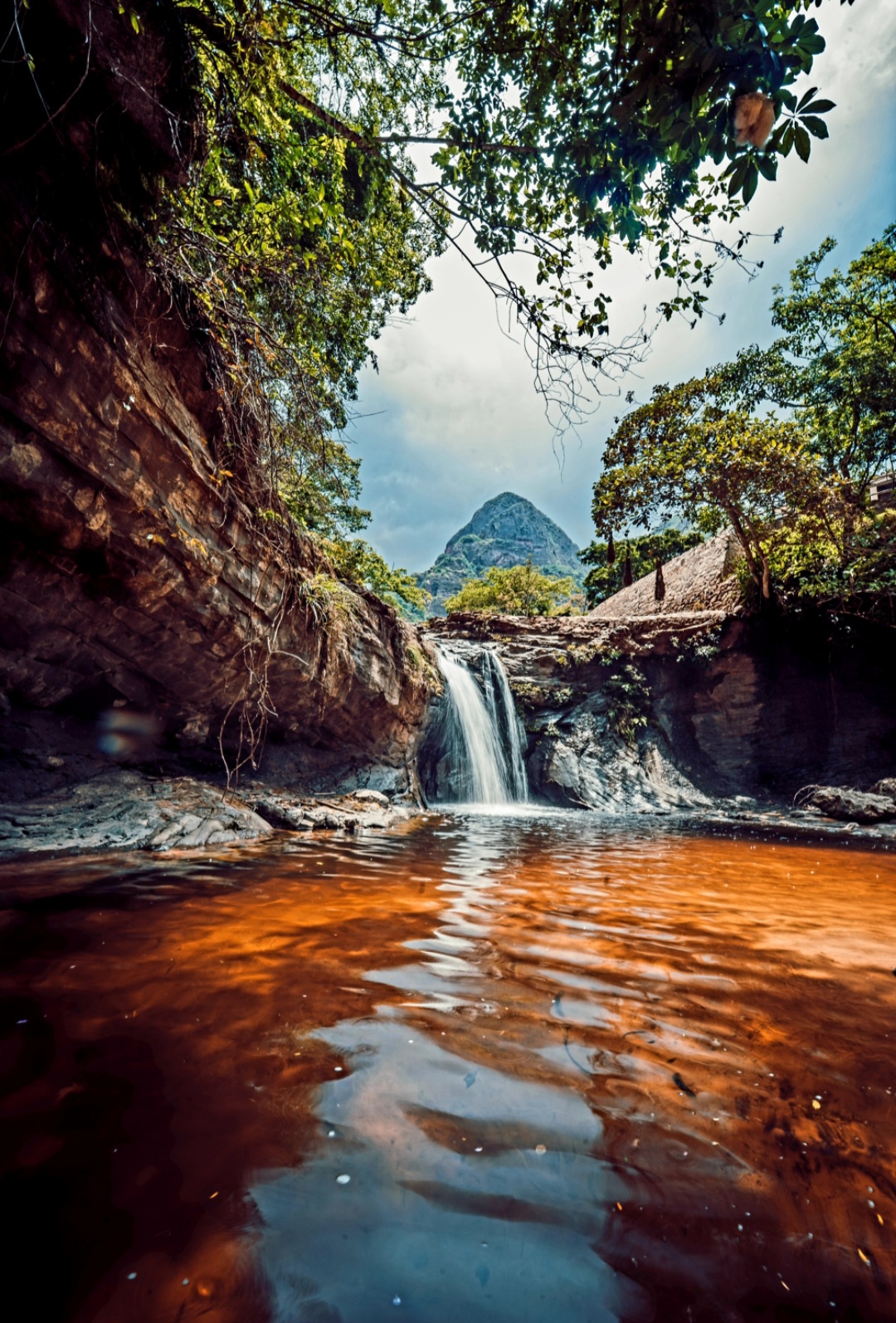
©Ruta Verde Bolivia
During the trip, you will visit beautiful wine-growing landscapes for photo shoots and other points of interest such as: the city of San Lorenzo and the Angostura canyon, a natural strait located between rock formations at the confluence of the Guadalquivir and Camacho rivers. There are walks along the paths of Coimata with its landscapes of singular natural beauty adorned with waterfalls and pools of crystal clear water, up to the sand dunes of Tajzara and its lagoons inhabited by flamingos.
Another interesting experience is the Rujero gorges, one of the most important fossil deposits in the central valley. There is a “flower of earth” remains of prehistoric animals that inhabited this place about a million years ago.
The vineyards of Samaipata, further east of the country, are visited as part of a tour of one or more days in this city, which is the entrance to several attractions, such as the southern area of the Amboro National Park and the archaeological center of “El Fuerte”, an archaeological monument from the pre-Columbian era, carved in a giant stone.
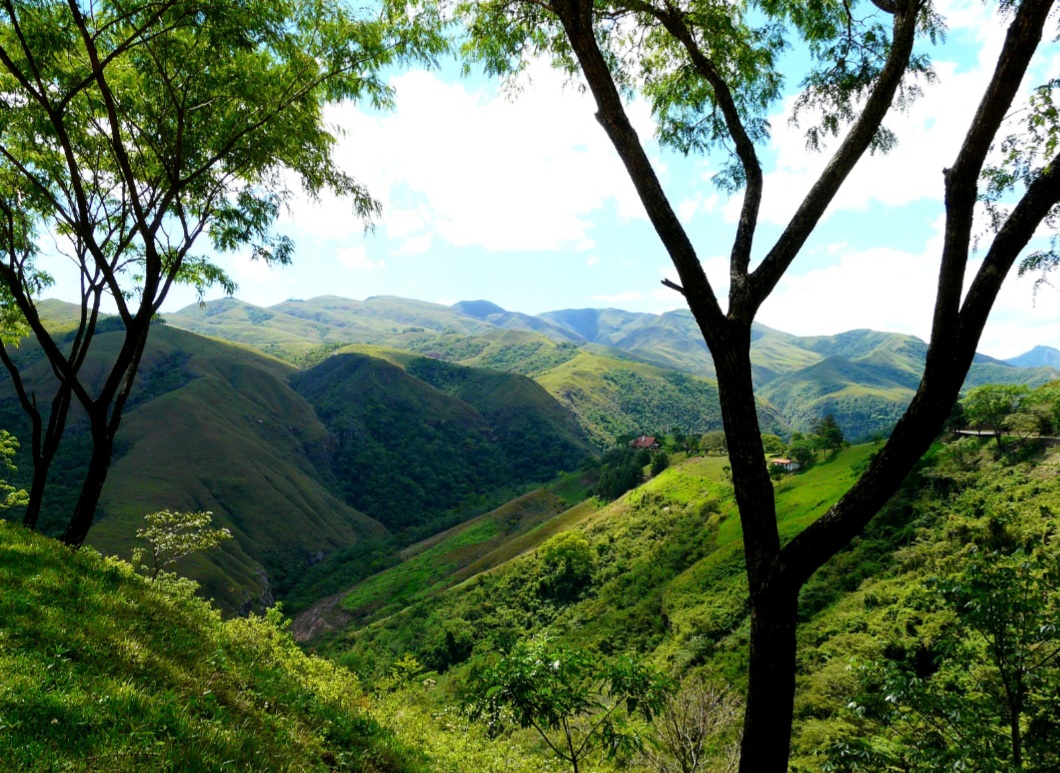
Ruta Verde Bolivia- Ruta Escenica a Samaipata
What are the main wine areas of Bolivia and what kind of wines are produced?
Bolivia has three main wine areas:
1) The Central Valley of Tarija, located in southern Bolivia, with the main and large wineries of the country, where Mediterranean-style wines, sparkling wines and liqueurs are produced, such as the famous and genuinely Bolivian Singani (an aromatic brandy distilled from Moscatel wine , excellent in cocktails).
2) The ancient Valle de Cinti with its vintage artisanal productions, especially for local consumption. Here, time seems to have stopped. The cellars are in old brick buildings, the grapes are still pressed with the feet and the wine is stored in traditional demijohn bottles instead of stainless steel.
3) The valleys of Santa Cruz, near Samaipata, one of the most picturesque towns in the eastern part of Bolivia, on the border with the Amazon region. A couple of enthusiastic new ‘boutiques’ have settled in these valleys.
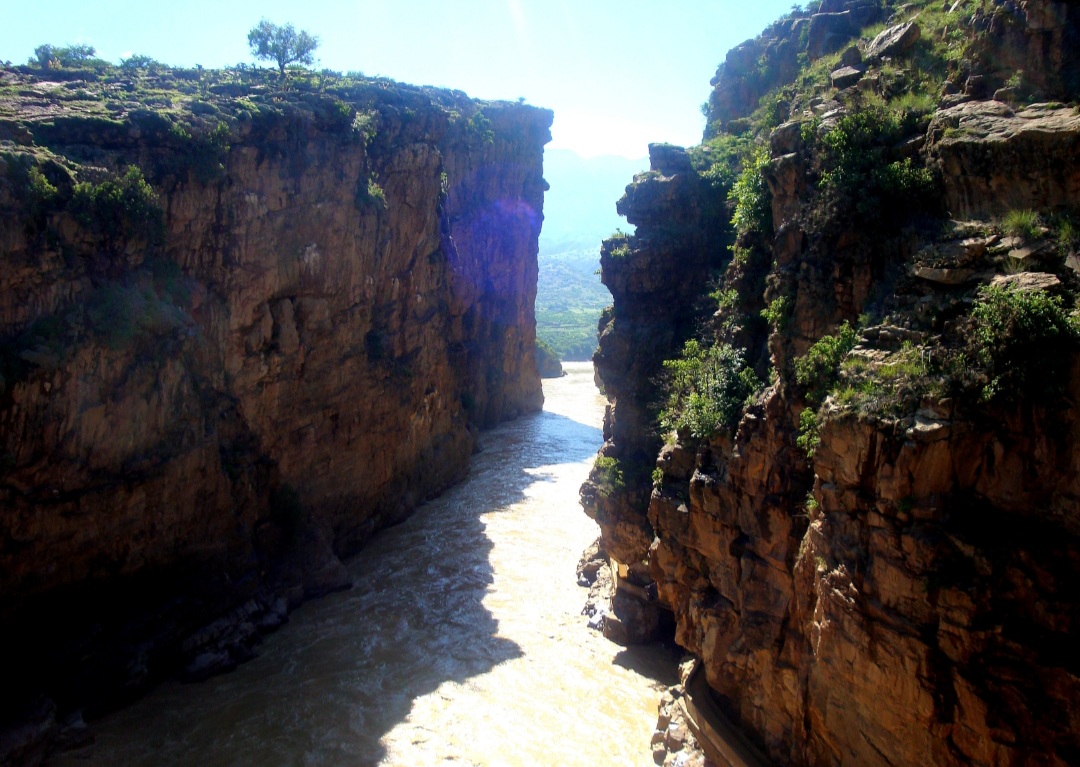
©Ruta Verde Bolivia
Why choose the Bolivian Ruta Verde Road?
We love Bolivia and appreciate the opportunity to show it.
Our tours are carried out in a completely private service and with bilingual guides. We strive to offer personalized attention and detail, so that trips can be tailored to the visitor’s special interests.
We are also proud to work with local communities and guides across the country to help them get involved and thus benefit from tourism development. It is your opportunity to proudly display your culture, your food and the natural landscapes you live in.
Our wine route is a varied combination of activities: visits to vineyards, with both modern and artisanal wineries, delicious wine tastings (varietal, bivarietal, trivarietal, reserve wines and collection of high altitude vines) and singani and chuflay (typical exotic cocktail based on singani). All accompanied by local cuisine, musical performances and popular dances. Tours through quaint villages with brick houses and colonial towns with historic buildings, plus hikes and walks to enjoy natural attractions such as waterfalls, forests, impressive canyons, sand dunes, and flamingo-inhabited lagoons.
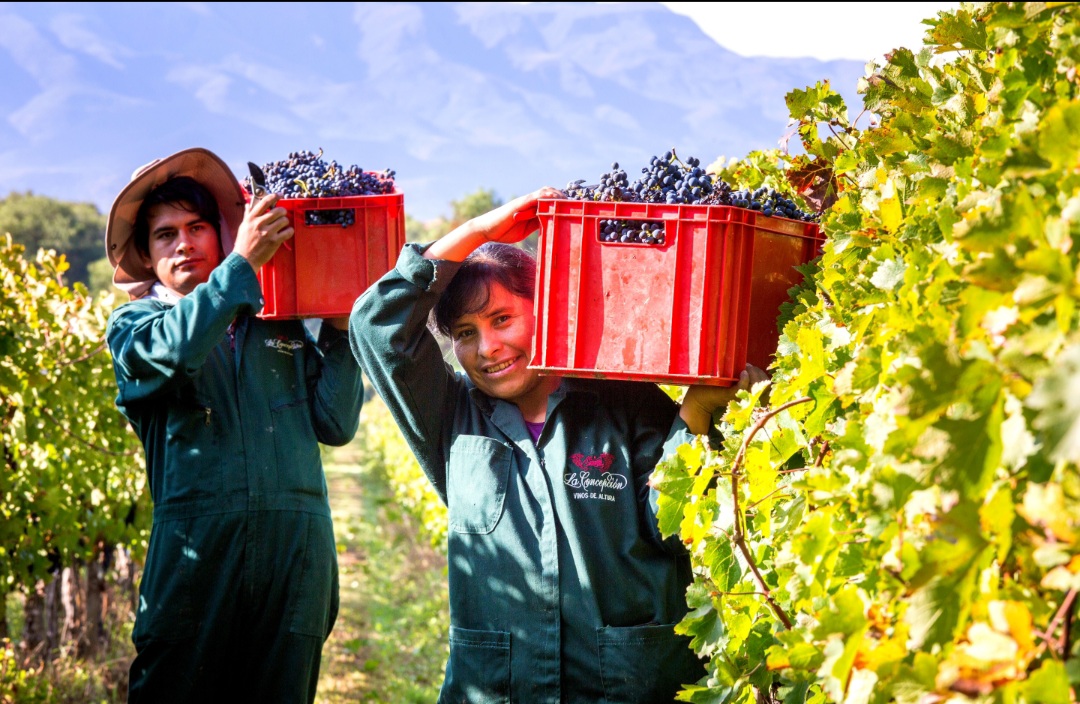
©Ruta Verde Bolivia-Bodega La Concepcion
We like to include the experiential and cultural contact part. That’s why we also include popular musicals to relax and end up dancing while enjoying the charisma and joy of the people of Tarija.
The Tarija valleys are beautiful all year round, but we recommend visiting them during the grape harvest period (January-early March), the season ends with the grape harvest festival held every March.
We know Bolivia and can design the best itinerary including other attractions such as Salar de Uyuni which is a must-see in South America. There, in the middle of the imposing largest salt pan in the world, you can enjoy an unforgettable sunset with the perfect accompaniment: a glass of Bolivian wine!


